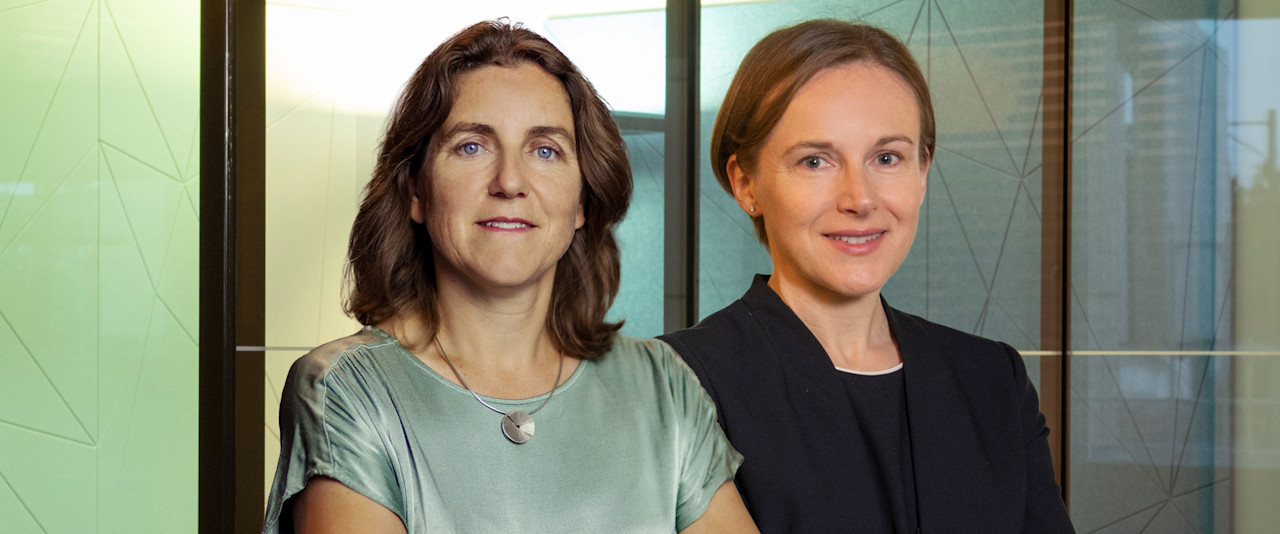


Robeco’s SDG scores now available on Bloomberg terminals
The scores that Robeco assigns to reflect a company’s contribution to the Sustainable Development Goals (SDGs) are now available on Bloomberg terminals.
Resumen
- Robeco’s SDG scores now accessible on Bloomberg terminals
- Gaining access to high-quality sustainability data grows in importance
- Move is a next step in Robeco’s SI Open Access Initiative
The move is an enhancement of Robeco’s SI Open Access Initiative, which aims to give people the ability to adopt the principles of sustainable investing, a main obstacle to which has often been a lack of access to reliable data.
The SDG Framework assigns scores according to the positive or negative contribution of companies to the 17 SDGs. These contributions could range from assisting the installation of mobile networks in emerging markets, to improving nutrition or health care. The SDG scores are used in the investment process for equities, fixed income, index and multi-asset strategies.
More than 30,000 companies are given a score ranging from -3 (highly negative) through 0 (neutral) to +3 (highly positive). Developed in 2017, the SDG scores were made available to clients and academics in 2022 under SI Open Access, and extended to broader stakeholders last year via Robeco’s main website.
Now they can be accessed by typing in ESGD ROBECO <GO> across all 325,000 Bloomberg terminals around the world. The data remains available on the main Robeco website and via MyPortal for clients and academics, where it can be customized according to portfolio holdings.
“As the demand for sustainable investment strategies continues to grow, access to high-quality data is essential for investors seeking to align their portfolios with the Sustainable Development Goals,’’ says Patricia Torres, Global Head of Sustainable Finance Solutions at Bloomberg.
“By integrating Robeco’s SDG scores into the Bloomberg Terminal, we are providing our users with critical insights that enable them to assess the impact their investments have on their sustainability objectives. This collaboration underscores our commitment to empowering the financial community with the tools needed to make informed decisions and foster a more sustainable future.”
It’s not just about bottom lines
“Data quality and accessibility are among the most pressing challenges in sustainable investing today,” adds Carola van Lamoen, Head of Sustainable Investing at Robeco.
“Our SI Open Access initiative not only enhances transparency but also empowers investors to make more informed decisions based on impact materiality – how companies contribute to society and nature.”
Manténgase al día de las novedades en inversión sostenible
Suscríbase a nuestro newsletter para descubrir las tendencias de IS.
Making data easier to integrate
The partnership widens the scope of not only the ability of investors to gain access to the scores, but their ability to integrate them into their own practices, says Jan Anton van Zanten, SDG Strategist at Robeco.
“By working together with Bloomberg and starting this partnership, we want to be able to better distribute our intellectual property to clients in a form that they can use in an easy and efficient manner,” he says.
“The beauty of the Bloomberg terminal is that you can map your own portfolios and integrate the data into your regular workflows. This enables any investor to assess their portfolios on their SDG alignment, and thereby generate momentum for expanding sustainable investing.”
“SI Open Access also allows us to receive feedback and new ideas and tap into the wisdom of the crowd.”
Three ways to shine
And the SDG Framework retains its first-mover status as more firms develop SDG-based research systems, he says. “There are now other SDG scoring systems on the market, but we are different in three ways.”
“The first is the fact that our scores are investor-led. We are not a data provider building an SDG score; we are an investor that wants to create SDG-aligned investment strategies, and therefore created an SDG Framework to do this. It means that our SDG scores are aligned with the investment process, and therefore are uniquely suited as a tool for creating sustainable investing strategies.”
“The second is that our SDG score is based on scientific evidence. We integrate the latest sustainability science into our model, and we then test our scores using academic techniques to validate them.”
“The third and final point is that we are very transparent – anybody can see our scores – which is something we haven't seen among the other data providers.”
























